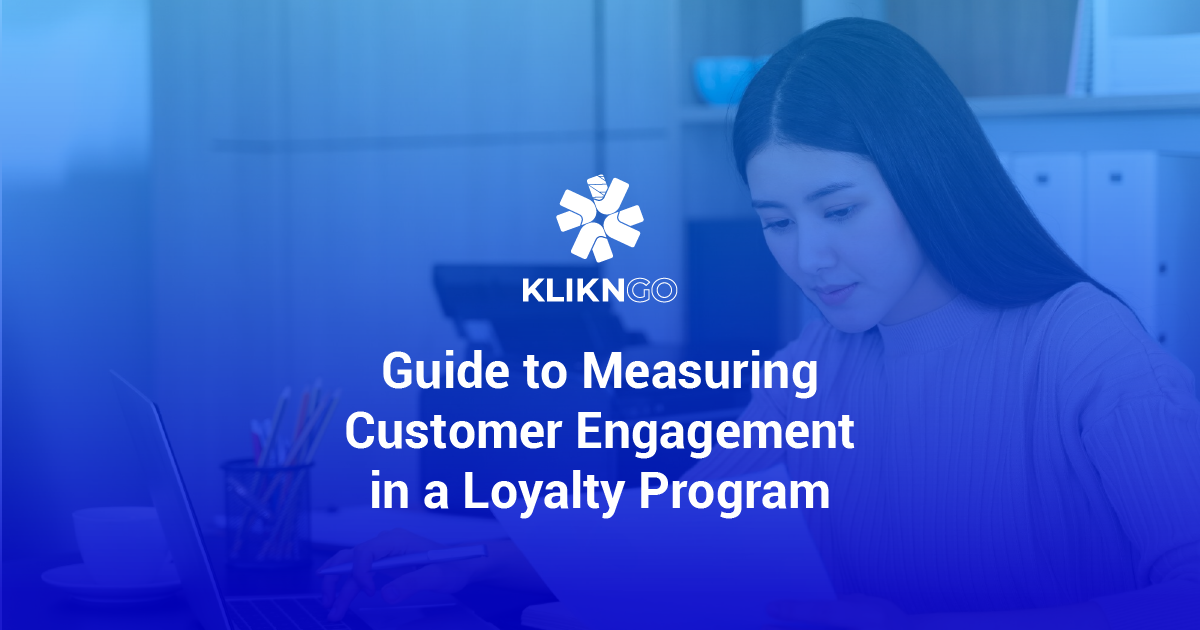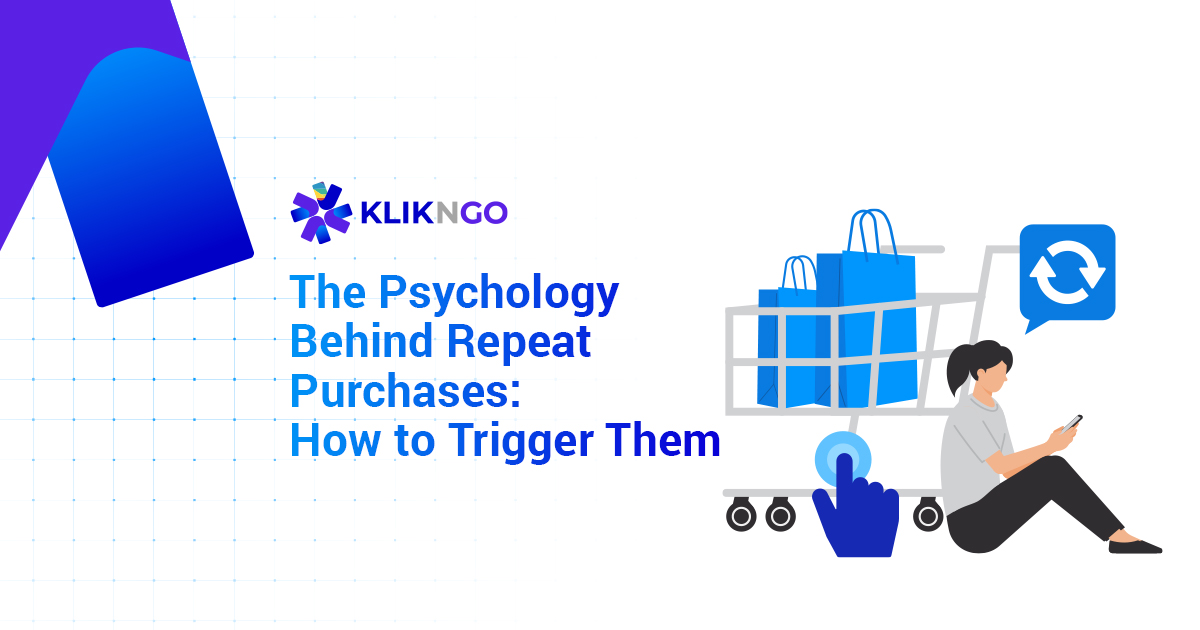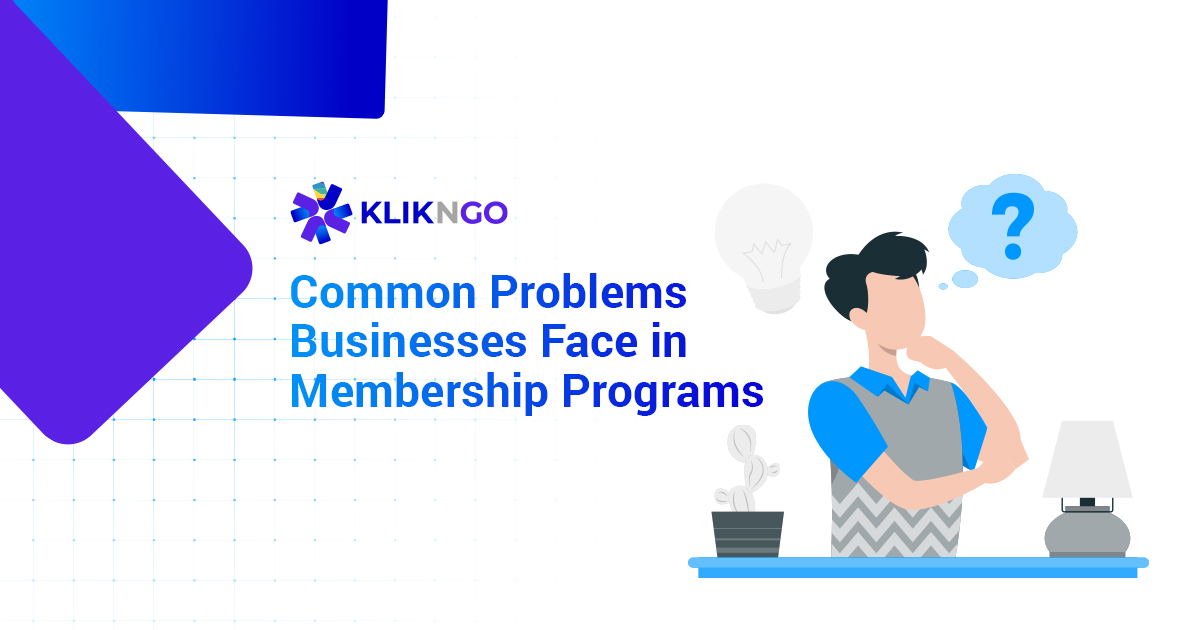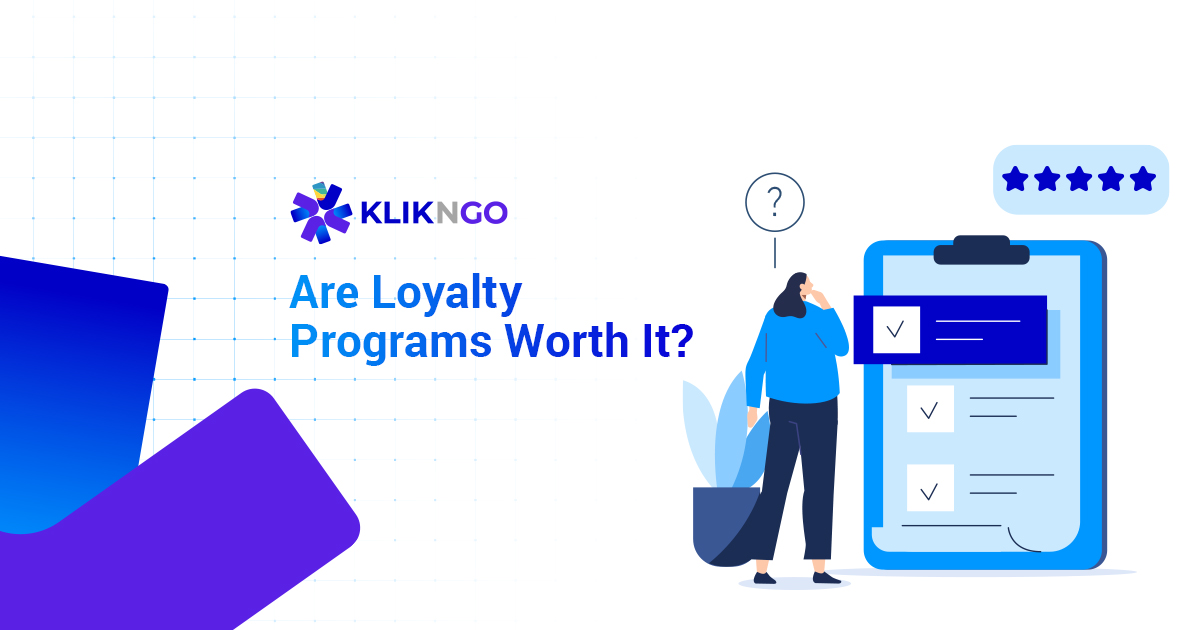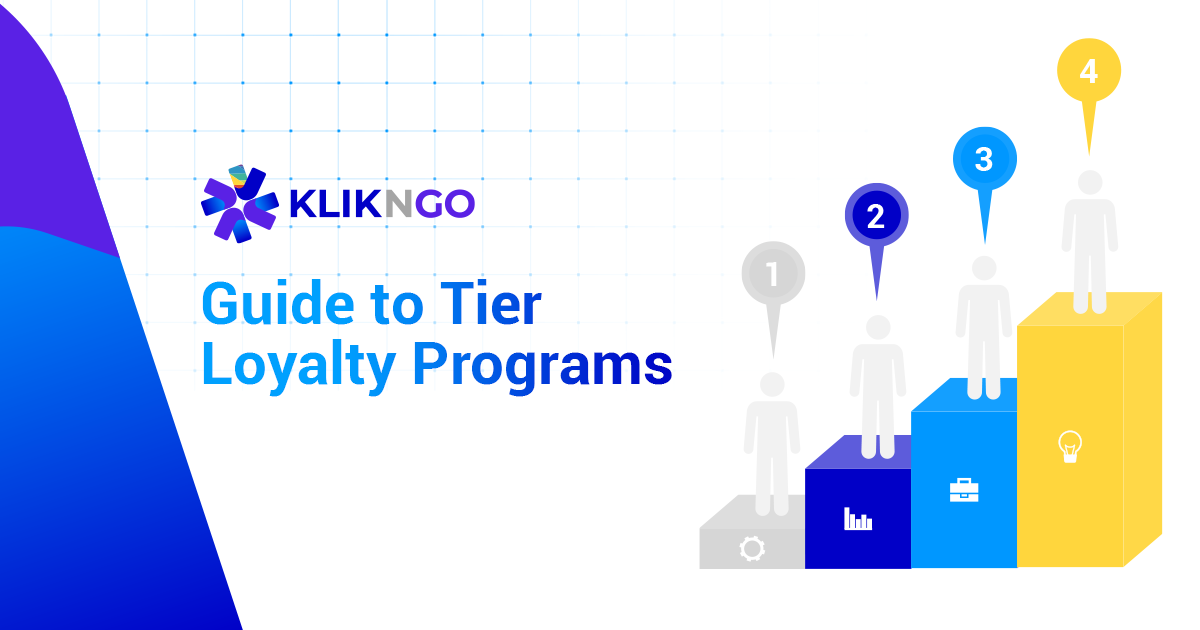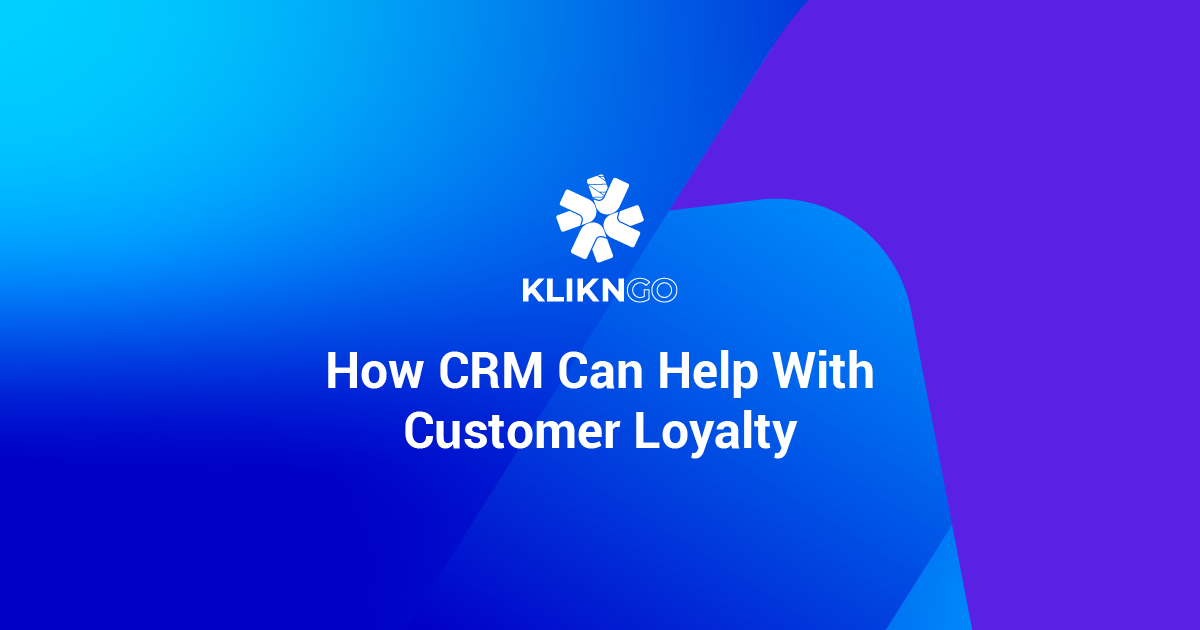Refresher: What is a Loyalty Program?
A loyalty program, often called a rewards program, is a marketing strategy designed to strengthen relationships between businesses and customers.
These programs typically let customers earn points based on purchases or interactions, which they can later redeem for rewards or discounts.
Popular examples you may know include Starbucks’ Starbucks Rewards and McDonald’s McCafé Rewards.
Loyalty programs come in different types such as tiered programs, where customers unlock better benefits as they spend more, and subscription-based models like Sephora’s Beauty Insider, offering perks for a fee.
Other than just retaining customers, these programs aim to build emotional connections by understanding customer preferences and behaviors. This data helps businesses personalize their offerings and encourages repeat purchases, shaping customer spending habits over time.
Major companies invest significantly in these programs because loyal customers tend to spend more and spread positive word-of-mouth, driving growth through recommendations.
What are the Different Types of Loyalty Programs
There are many different types of loyalty programs to choose from and the right one will depend on your customers, business, and industry. Let’s take a look at the different types that can fortify customer loyalty and engagement:
Point-Based Loyalty Programs
In a point-based loyalty program (or points programs), customers earn points or digital currency that they can use later for discounts, gifts, or rebates.
It’s a straightforward system widely used in e-commerce and retail because it helps businesses understand customer preferences based on their chosen rewards, providing data and insights into customer shopping habits.
For these programs to succeed, customers need to both earn points and regularly use them for rewards.
If customers accumulate points but rarely redeem them, it suggests the program may need changes to enhance its appeal or ease of use.
A good point-based loyalty program not only encourages customers to collect points but also ensures they stay engaged by redeeming rewards frequently.
This not only fosters loyalty but also boosts customer satisfaction.
Other than rewarding customers, these programs also gather data to personalize marketing efforts and better understand customer segments.
Additionally, they can effectively encourage customers to increase their spending per purchase by using points as incentives.
Airlines are a great example to look at when gauging the effectiveness of point-based loyalty programs, where travelers often stick with one airline due to the accumulation of ‘miles’, despite similar or even cheaper pricing from competitors.
Attendance or Stamp-Based Loyalty Programs
Attendance-based loyalty programs, also known as stamp-based programs, work by rewarding customers with stamps for completing daily tasks or visiting specific locations such as restaurants or salons.
Customers typically earn these stamps by logging into apps daily or physically visiting the establishment, where each visit earns them a stamp.
Some brands may require a minimum spend to receive a stamp, although this requirement can vary.
To encourage customers to collect stamps, brands place rewards at various milestones on the stamp card. These rewards are designed to be attractive enough to motivate customers to continue participating and collecting stamps.
This approach is highly effective in industries like service and hospitality, where it promotes repeat visits and customer engagement through rewards linked to regular interactions.
Attendance-based loyalty programs are particularly great for industries with higher average customer spending, such as higher-end restaurants or grocery store chains.
The nature of attendance-based loyalty programs ensures that high-spending customers return regularly.
Moreover, these programs act as a branding tool by encouraging frequent visits to business premises, which enhances brand recall.
They also complement other advertising efforts, such as traditional marketing channels like flyers or offline ads. Increased foot traffic translates to more visibility for promotional materials, contributing to higher conversions.
Coalition Loyalty Programs
Coalition loyalty programs function much like traditional loyalty programs but operate on a larger scale, allowing customers to earn and redeem points not only within one business but also across multiple partner businesses.
For example, a restaurant might partner with brands like Pepsi, enabling customers to earn points that can be used to redeem sodas from any brand under the Pepsi umbrella. In some cases, coalition programs extend rewards across all brands under the same corporate umbrella.
For instance, when customers join the Pepsi Co. coalition loyalty program, they earn points by purchasing Pepsi drinks. These points can then be used to redeem rewards across other brands within the Pepsi umbrella, such as Fritos and Lays chips.
In addition, coalition loyalty programs often involve different brands collaborating to expand each other’s loyalty membership base.
This strategy works particularly well when businesses offer complementary goods or services.
For instance, a bakery partnering with a coffee brand or a cafe can create a mutually beneficial coalition program that encourages increased customer spending without direct competition.
Subscription Loyalty Programs
A subscription-based loyalty program charges customers monthly or annually, providing businesses with a reliable revenue stream while fostering customer loyalty.
When customers invest in a subscription, they often feel committed and are inclined to spend more to maximize their subscription benefits.
This type of loyalty program typically offers specific perks tailored to the business, such as a set number of salon visits or free deliveries for restaurants.
Subscription loyalty programs leverage the sunk-cost fallacy, where customers are more likely to continue using a service due to their financial commitment.
However, the success of such programs is highly dependent on offering attractive rewards to maintain customer interest and minimize unsubscribes.
An excellent example of leveraging this model is Costco’s annual membership, which ensures a minimum yearly commitment from customers.
Costco’s revenue heavily relies on membership fees, allowing them to offer goods at lower prices.
They complement this with loss leader strategies, like their famous $1.50 hotdogs, aimed at attracting and retaining members through exceptional value.
Tiered Loyalty Programs
A tiered loyalty program typically falls into two categories: paid tiers and free tiers. Paid tiers allow customers to purchase higher levels with enhanced benefits, while free-tiered programs enable customers to progress by completing challenges or meeting specific criteria, such as minimum sales thresholds.
As customers engage more with the brand, they can ascend to higher tiers. Some programs include a decay system where customers must maintain their activity to keep their tier and associated benefits, while others do not impose such requirements.
The success of these programs hinges on customer loyalty and whether the rewards justify the effort required to reach and maintain higher tiers.
Most brands aim to retain loyalty by allowing customers to maintain their tiers without mandatory minimum spending, ensuring accessible and rewarding progression systems.
Additionally, leveraging the sunk-cost fallacy concept, as seen in subscription loyalty programs, can significantly enhance customer retention in tiered loyalty programs.
For instance, some video games utilize in-game currency systems (in-app purchases) to offer players higher-tier rewards based on their spending.
A notable example is the Korean MMORPG, MapleStory, which features a tier system from bronze to red with bonus rewards. To avoid decay and maintain their rank, players need to purchase a certain amount of in-game currency monthly.
This strategy not only increases average customer lifetime value but also serves as a primary revenue driver for the game.
How to Choose the Right Loyalty Program Type for Your Business
Understand Your Customer Behavior & Analyze Data
Understanding how your customers behave is crucial for designing an effective loyalty program. Start by analyzing their purchase frequency and patterns.
For businesses with high transaction volumes, a points-based loyalty program works well. Customers earn points with each purchase, which they can later redeem for rewards. This encourages repeat buying behavior and fosters a sense of value in each transaction.
On the other hand, if your customer base tends to make less frequent but higher-value purchases, an attendance-based loyalty program might be more suitable.
Take a Look at Your Customer Spending Patterns
Understanding how your customers spend provides valuable information about their preferences, guiding your loyalty program strategy.
A key concept to consider is the sunk-cost fallacy, where customers are more likely to stick with a service or continue making purchases because of their previous investments.
Subscription-based loyalty programs take advantage of this by offering exclusive benefits or discounts in exchange for a regular fee. This not only ensures a steady income stream but also strengthens customer loyalty through ongoing engagement.
Additionally, examining the average amount customers spend per transaction in your business is essential.
For businesses with higher transaction values, such as upscale restaurants or specialty retailers, programs like attendance-based or tiered loyalty programs can be effective.
These programs enhance the customer experience by offering perks like priority reservations or personalized services, which in turn increase the overall lifetime value of each customer to your business.
Evaluate Your Industry Fit
Industry dynamics play an important role in determining the most effective loyalty program type.
Service-oriented businesses, such as spas or fitness centers, often benefit from attendance-based programs. These programs reward customers for frequent visits or engagements, encouraging regular use of their services.
Spas and salons typically have a higher customer lifetime value and spending per session compared to other types of businesses, while also having a higher profit margin. This means that increasing frequency through attendance programs is by far the most profitable choice.
In contrast, retail and e-commerce sectors typically thrive with points-based or coalition loyalty programs. Points-based programs allow customers to accumulate points with each purchase, which can be redeemed for discounts or free products, fostering repeat purchases and brand loyalty.
Coalition programs, on the other hand, involve partnerships with complementary businesses, enabling customers to earn and redeem rewards across multiple brands or services.
This collaborative approach not only expands the loyalty program’s appeal but also enhances customer satisfaction by providing more diverse and valuable reward options!
Why Not Consider KlikNGo as Your Loyalty Program Provider?
No matter what type of loyalty program type you’re looking for, we at KlikNGo give you the flexibility to choose your loyalty program structure – while also giving you the option to incorporate different elements and make the ultimate loyalty program that has the best of everything.
We have proven ourselves to be one of the best loyalty program providers, a good alternative to the likes of LoyaltyLion, OpenLoyalty, etc.
Need an omni-channel integration for your attendance-based loyalty program? Or maybe a gamified feature to increase retention – we have pretty much anything you can think of.
Sound interesting? Why not take a look at our loyalty program offerings and features to find out what’s available?




